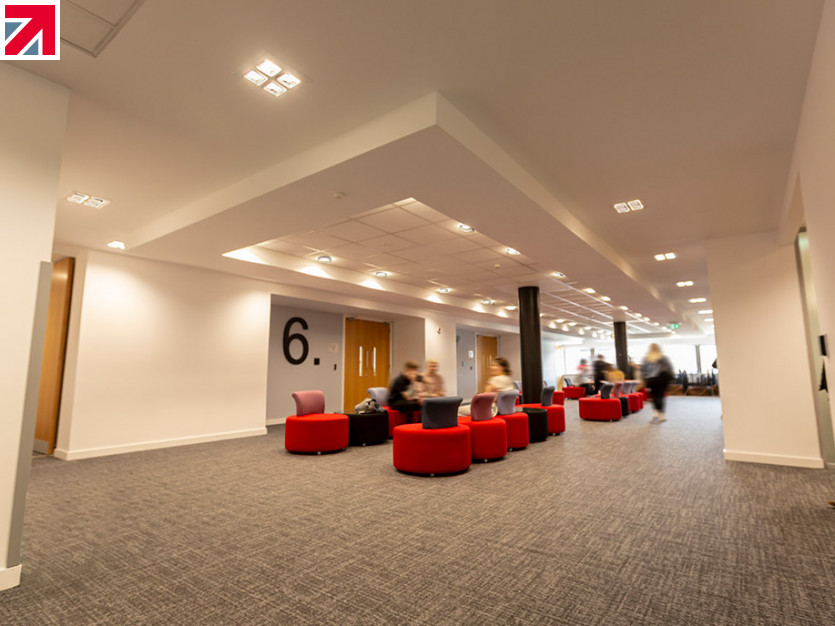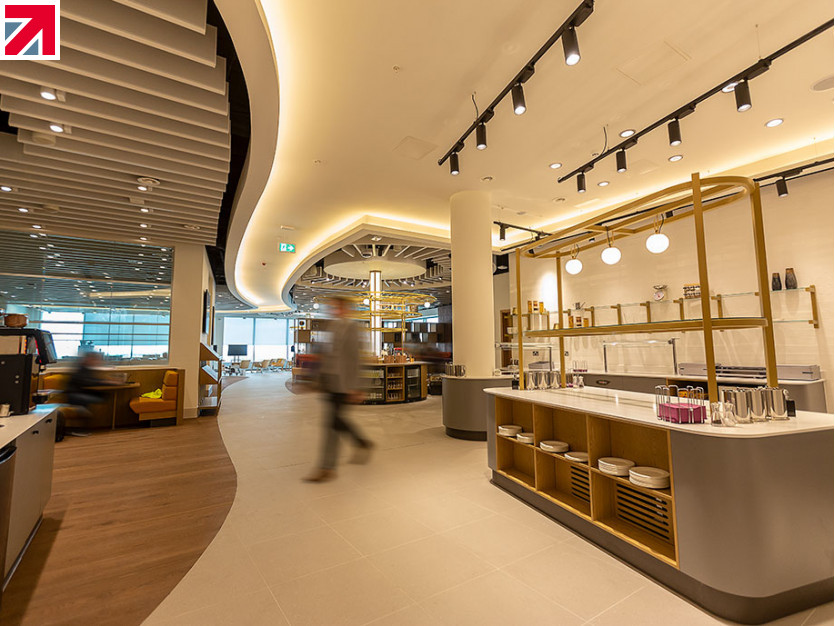A combination of legislation designed to phase out fluorescent sources and to encourage landlords to improve the efficiency of commercial properties along with the Ukrainian conflict and the subsequent increase in global energy costs have created a renewed interest in energy efficiency, with many projects now stipulating luminaires which must exceed 140llm/w. As efficiency gains at LED level are now minimal such improvements can only be found through luminaire design changes and will require an industry wide acceptance of lensed luminaires which can often allow light output ratios in excess of ninety percent.
The industry as a whole is also seeing a strong focus on CIBSE TM65 and TM66 guidelines requiring manufacturers to ensure they are able to provide accurate embodied carbon figures for luminaires and also to ensure that product designs allow for simple maintenance, repair, end of life upgrade and disassembly to individual material types for ease of recycling. This move will provide long term benefits ensuring our industry is as sustainable as possible with greater longevity of products and an emphasis on repair and upgrade rather than replacement. These design requirements will clearly impact the design and appearance of luminaires over the coming years with high carbon materials such as plastics and circuit boards being minimised in favour of low carbon materials and modular designs allowing simple replacement of key components. These changes will inevitably favour local manufacturers who’s products require minimal transport miles and use easily sourced European components.
Find out more about Dextra Group plc on their member profile page here
Member-created content 2 years ago | From members

